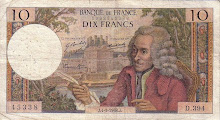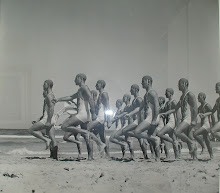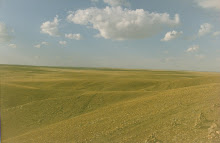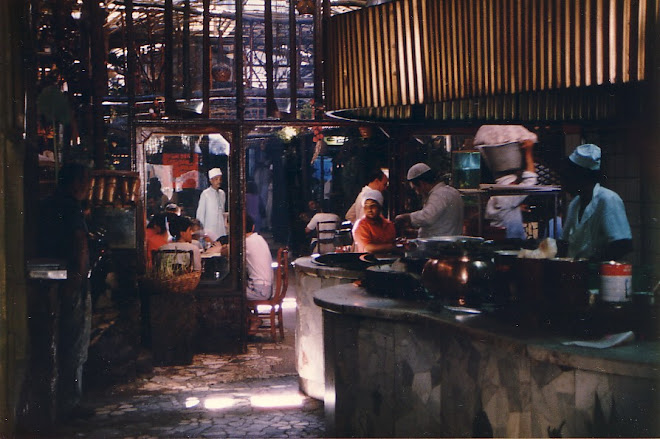Dorothy Parker (1893-1967) - A Blog Writer Idol
Razors pain you;
Rivers are damp;
Acids stain you;
And drugs cause cramp.
Guns aren't lawful;
Nooses give;
Gas smells awful;
You might as well live.
When I started to select a photograph to represent Dorothy Parker, I was confronted by so many of her well-known persona - all equally true and false.
There were the conventional portraits of whatever period, revealing nothing much:

There were the attempts at something of Clara Bow's 'It' girl of the Roaring 1920's, with the other usual signs of modernity for women, such as smoking. Mrs Parker is frankly sexual but in a more intellectual mode.
 Dorothy Parker in 1920's Mode
Dorothy Parker in 1920's Mode
There were the images of a 'serious' Hollywood writer, and maybe these get closer at least to some of my more favored ideas of Mrs Parker:

As do (unfortunately) the sad desperate potential suicide images, which captured some of the characters she presented in her literature, minus any humour:


And when he did die, many were surprised that she had lived well into the 1960's.
Dorothy Parker's writing certainly had the sparkle and effervescence of the Roaring 20's. And a seductively self-deprecating cynicism. She could look at herself and situation 'dead true', using Katherine Mansfield's term. This view could be expressed in unrelievedly grim terms ...
Her mind lives in a quiet room,
A narrow room, and tall,
With pretty lamps to quench the gloom
And mottoes on the wall.
There all the things are waxen neat,
And set in decorous lines,
And there are posies, round and sweet,
And little, straightened vines.
Her mind lives tidily, apart
From cold and noise and pain,
And bolts the door against her heart,
Out wailing in the rain.
... or with a wit that makes, at least me, roll around with laughter ...
Some men break your heart in two,
Some men fawn and flatter,
Some men never look at you;
And that clears up the matter.
... and ...
By the time you swear you're his,
Shivering and sighing,
And he vows his passion is
Infinite, undying ---
Lady, make a note of this:
One of you is lying.
I particularly like the way Mrs Parker changes the tone from high-flown poetically lofty in the first three stanzas to something quite different in the last, wise-cracking:
A single flow'r he sent me, since we met.
All tenderly his messenger he chose;
Deep-hearted, pure, with scented dew still wet --
One perfect rose.
I knew the language of the floweret:
`My fragile leaves,' it said, `his heart enclose'.
Love long has taken for his amulet
One perfect rose.
Why is it no one ever sent me yet
One perfect limousine, do you suppose?
Ah no, it's always just my luck to get
One perfect rose.
And finally:
Accursed from their birth they be
Who seek to find monogamy,
Pursuing it from bed to bed ---
I think they would be better dead.
If you'd like to read more of Dorothy Parker's work, one of the better anthologys is:




































![C18 Bronze Buddha [Southern China]](https://blogger.googleusercontent.com/img/b/R29vZ2xl/AVvXsEioLkgVKuhDoIHQgM1X6Oe2hGn75yqaj4OJXPmNpumXmQPKxB22S57YS5DVrl1P7zl7BS6EFpAtaNZPze7gzVCRiQI54bwdHhVa4fGr7NOChZwTZoo92gUen6tC5U8gWIy_pv92U0FB38M/s1600/Buddha+%255BBronze%252C+C18%252C+China%255D+1.jpg)













+1998+Cropped.jpg)










